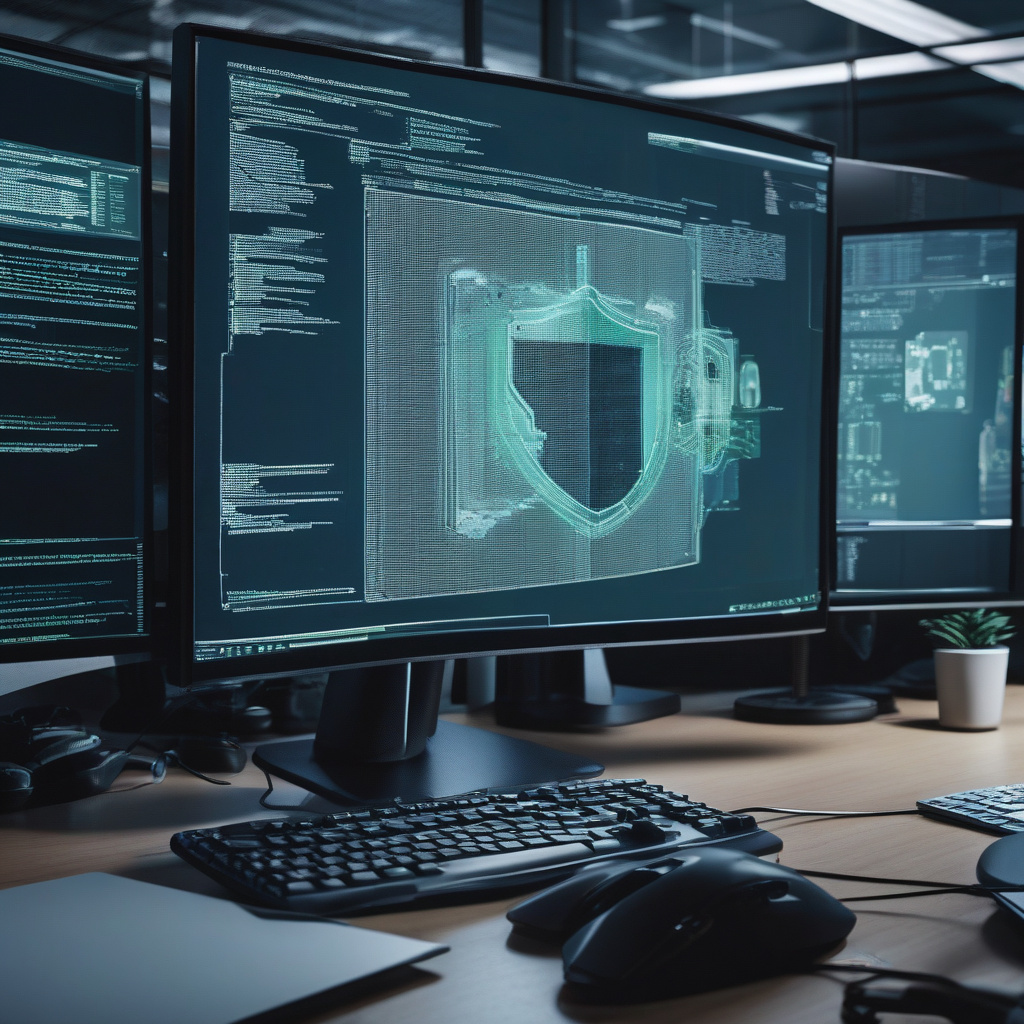The U.S. Cybersecurity and Infrastructure Security Agency (CISA) recently issued a warning that should put IT professionals on high alert. Two critical security flaws affecting SysAid IT support software have been added to the Known Exploited Vulnerabilities (KEV) catalog. This move comes in response to solid evidence indicating ongoing exploitation of these vulnerabilities.
One of the vulnerabilities, identified as CVE-2025-2775 with a CVSS score of 9.3, involves an improper restriction of XML external entity (XXE) reference. This vulnerability can pave the way for unauthorized remote file access, enabling threat actors to infiltrate systems and extract sensitive data. Such an exploit poses a severe risk to organizations relying on SysAid for their IT support needs.
Another concerning vulnerability, CVE-2025-2776, facilitates Server-Side Request Forgery (SSRF) attacks. With a CVSS score of 8.1, this flaw allows attackers to send crafted requests from the server, potentially leading to unauthorized access to internal resources or services. The combination of these vulnerabilities not only compromises data integrity but also jeopardizes the confidentiality and availability of critical information.
The active exploitation of these vulnerabilities underscores the importance of prompt action by IT teams to mitigate potential risks. Immediate steps should include applying patches and updates provided by SysAid to address these security flaws. Additionally, organizations should conduct thorough assessments of their systems to detect any signs of compromise and implement robust security measures to prevent future attacks.
In light of these developments, IT professionals must remain vigilant and proactive in safeguarding their systems against evolving cyber threats. Regular security assessments, employee training on cybersecurity best practices, and implementing defense-in-depth strategies are essential components of a comprehensive security posture.
By staying informed about emerging threats and taking proactive measures to secure IT infrastructure, organizations can effectively mitigate the risks posed by vulnerabilities such as those affecting SysAid. Collaboration with cybersecurity experts, adherence to industry best practices, and a commitment to ongoing security awareness are crucial in today’s increasingly complex threat landscape.
As the digital realm continues to evolve, the responsibility falls on IT professionals to adapt and fortify their defenses against sophisticated cyber threats. By prioritizing cybersecurity measures and staying ahead of potential risks, organizations can effectively protect their data, systems, and reputation from malicious actors seeking to exploit vulnerabilities for their gain.

